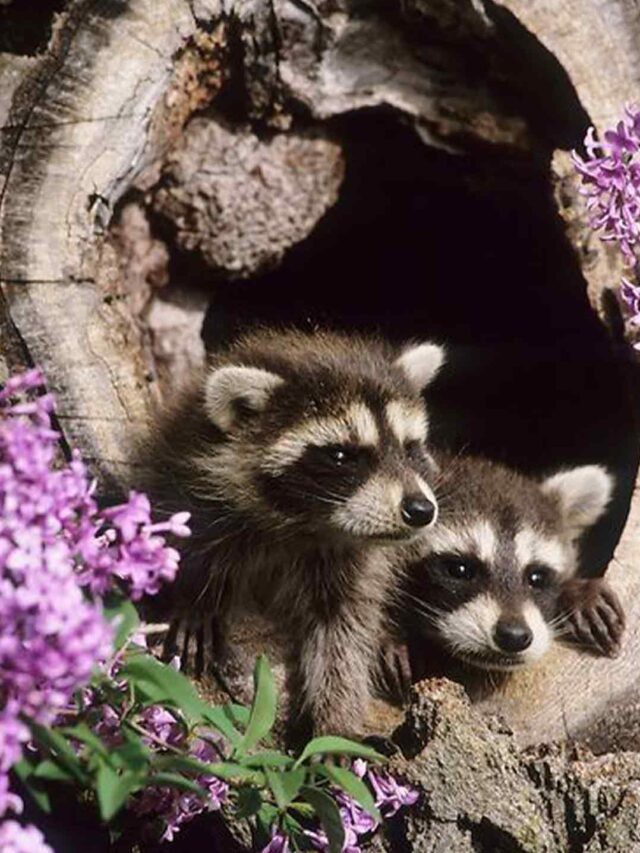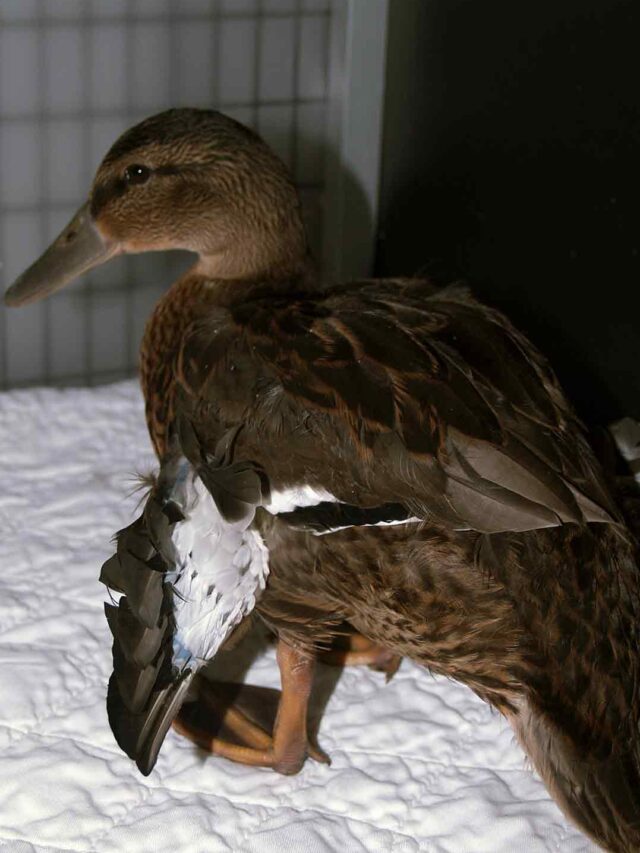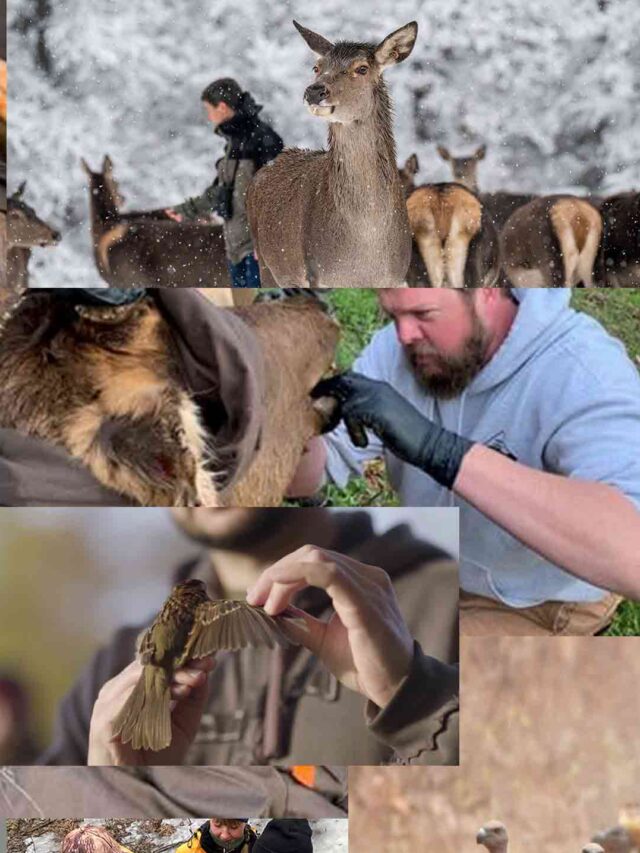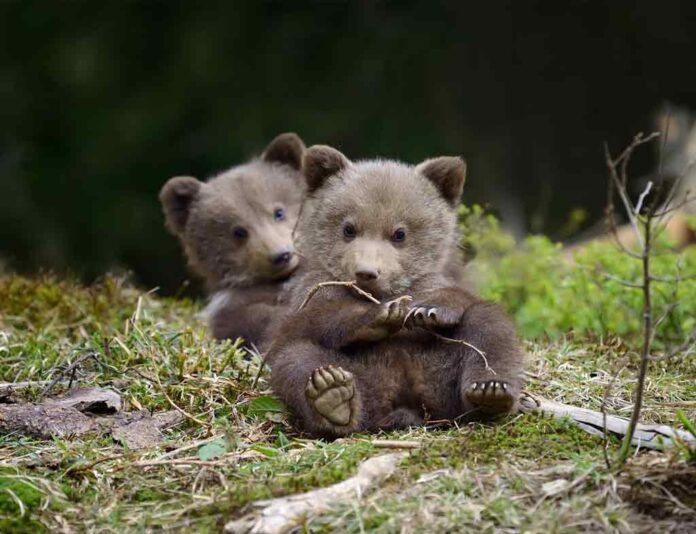
North America Grizzly Bear, few creatures command the same awe and respect as the grizzly bear. With its imposing size, strength, and iconic hump, the grizzly bear is a symbol of the untamed wilderness. In this comprehensive guide, we invite you to join us on a journey into the world of the grizzly bear, delving into its habitat, behaviour, conservation status, and more.
Table of Contents
The Mighty Grizzly: A Profile
North America Grizzly Bear, scientifically known as Ursus arctos horribilis, are one of the largest land mammals in North America. They are characterized by their distinctive silver-tipped fur, prominent shoulder hump, and powerful build. Adult male grizzlies can weigh up to 1,500 pounds and stand over 9 feet tall when standing on their hind legs, making them formidable apex predators.
Habitat and Range of North America Grizzly Bear
Grizzly bears are primarily found in the forested regions of North America, including Alaska, Canada, and the northwestern United States. They inhabit a variety of ecosystems, ranging from dense forests and alpine meadows to tundra and coastal plains. Despite their wide distribution, grizzly bear populations have declined significantly due to habitat loss, human encroachment, and hunting.
Behavior and Diet
Grizzly bears are omnivorous animals with a diverse diet that includes grasses, roots, berries, insects, fish, and small mammals. During the summer months, they may consume up to 90 pounds of food per day to build up fat reserves for hibernation. Grizzlies are also known for their fishing prowess, with some populations relying heavily on salmon as a food source.
Hibernation and Reproduction
Like other bear species, grizzlies undergo a period of hibernation during the winter months when food is scarce. During hibernation, their metabolic rate slows down, allowing them to conserve energy until spring. Grizzly bears typically mate in the spring, with cubs being born in the den during the winter months. Female grizzlies are fiercely protective of their young and will defend them against potential threats.
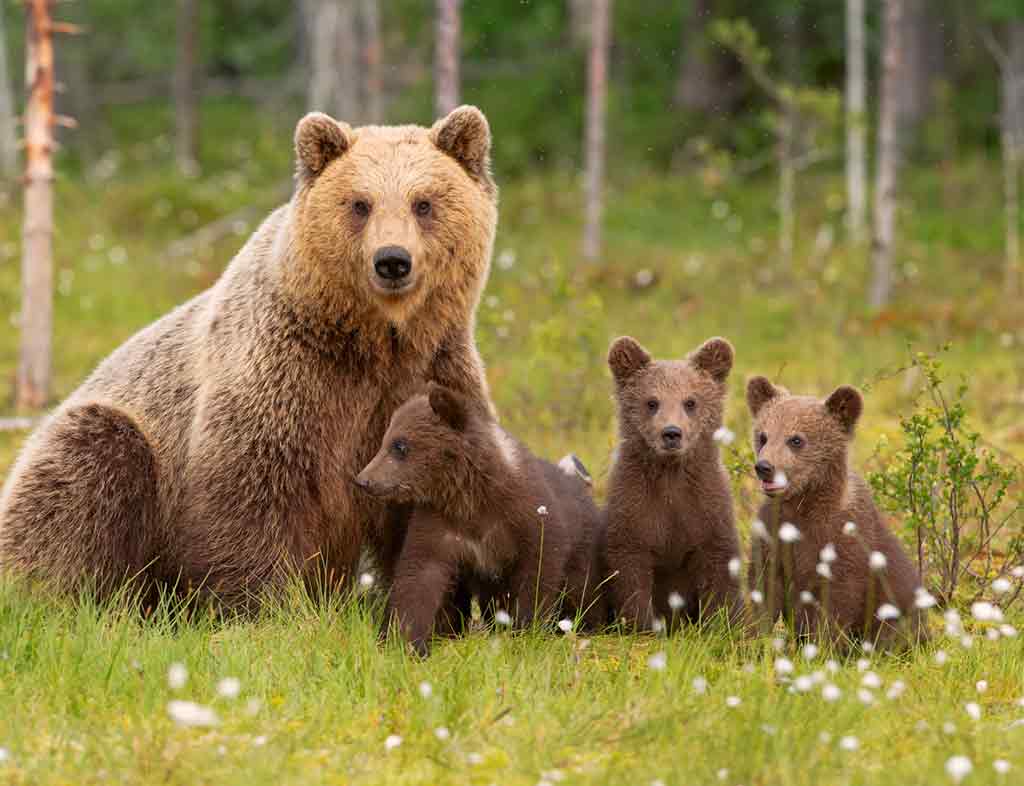
Conservation Status
Grizzly bears are listed as a threatened species under the Endangered Species Act in the contiguous United States, except for a few isolated populations. Habitat loss, human-wildlife conflicts, and poaching pose significant threats to grizzly bear populations. Conservation efforts focus on habitat protection, reducing conflicts with humans, and promoting coexistence between bears and people.
Human-Bear Conflicts
As human populations continue to expand into bear habitats, conflicts between grizzly bears and humans have become increasingly common. Encounters between bears and people can result in property damage, injuries, and even fatalities. Effective management strategies include bear-proofing food storage, implementing bear-awareness education programs, and enforcing regulations to minimize human-bear conflicts.
The Future of the Grizzly Bear
Despite the challenges they face, grizzly bears continue to captivate our imagination and serve as ambassadors for wild places. By conserving their habitat and respecting their needs, we can ensure that future generations will have the opportunity to experience the majesty of these iconic creatures in the wild.
Protecting Wildlife for a Healthy Planet: A Comprehensive Guide
Grizzly Bear
FAQs About North America Grizzly Bears
-
Where Can You Find North America Grizzly Bears?
- Grizzly bears are primarily found in North America, particularly in regions such as Alaska, western Canada, and parts of the northwestern United States.
-
Are Grizzly Bears Dangerous to Humans?
- While grizzly bears are powerful and potentially dangerous animals, they typically avoid confrontations with humans. However, it’s essential to exercise caution and respect their habitat when in bear country.
-
What Do North America Grizzly Bears Eat?
- Grizzly bears are omnivores, meaning they consume both plant matter and meat. Their diet includes berries, nuts, roots, insects, fish, and occasionally larger prey like deer or elk.
-
How Big Can North America Grizzly Bears Get?
- Grizzly bears are among the largest land carnivores in the world. Adult males, known as boars, can weigh between 300 to 700 kilograms (660 to 1,500 pounds) and stand up to 2.5 meters (8 feet) tall when on their hind legs.
-
Do Grizzly Bears Hibernate?
- Yes, grizzly bears hibernate during the winter months to conserve energy when food sources are scarce. They typically enter dens in late fall and emerge in spring, having lost a significant amount of weight during their dormant period.
-
What Threats Do North America Grizzly Bears Face?
- Grizzly bears face various threats, including habitat loss due to human development, poaching, and conflicts with humans. Conservation efforts are essential to protect these iconic animals and their habitats.
-
How Can I Stay Safe in Grizzly Bear Country?
- When visiting areas inhabited by grizzly bears, it’s crucial to follow bear safety guidelines, such as making noise while hiking, carrying bear spray, storing food properly, and being aware of your surroundings.
-
Can Grizzly Bears Swim?
- Yes, grizzly bears are excellent swimmers and often traverse rivers and lakes in search of food, especially during salmon spawning season.
-
Do North America Grizzly Bears Have Predators?
- Adult grizzly bears have few natural predators besides humans. However, young cubs may fall prey to wolves, cougars, or other bears.
-
How Can I Support Grizzly Bear Conservation Efforts?
- You can support grizzly bear conservation by donating to organizations dedicated to protecting their habitat, advocating for wildlife-friendly policies, and practicing responsible outdoor recreation habits when visiting bear country.

